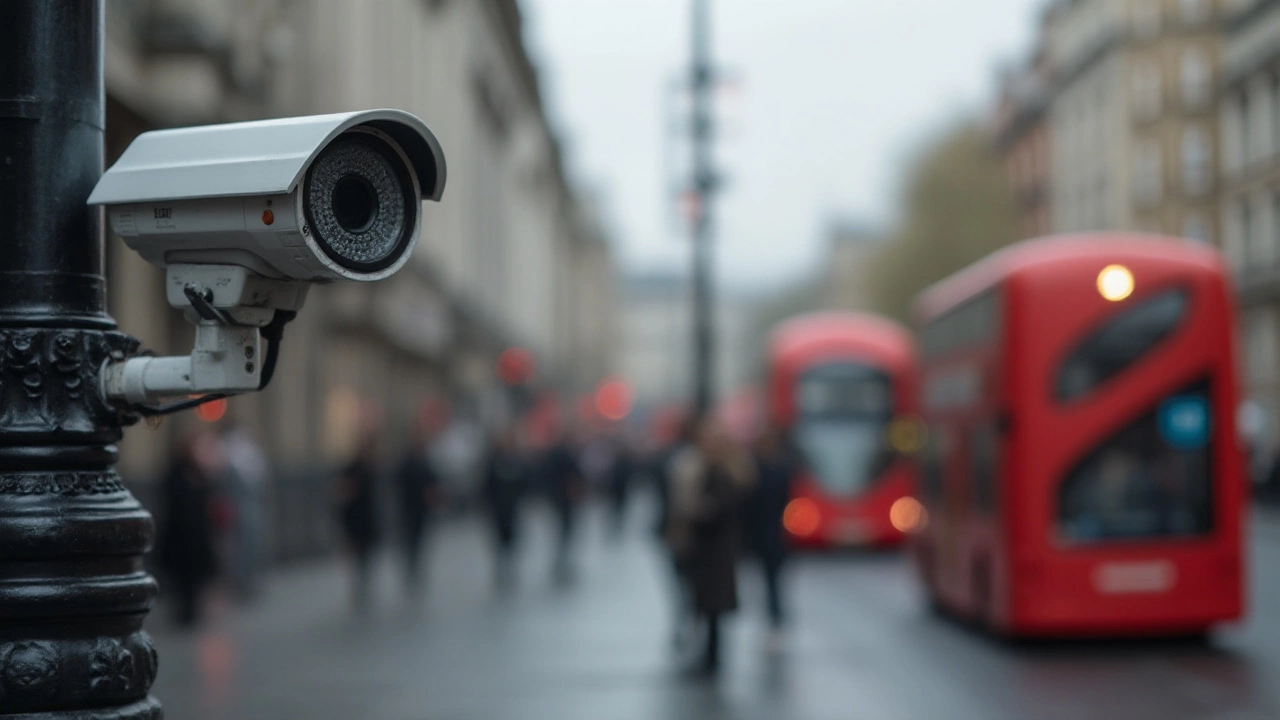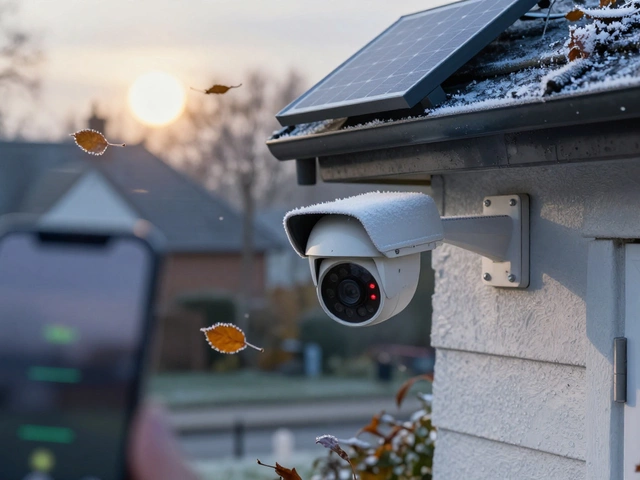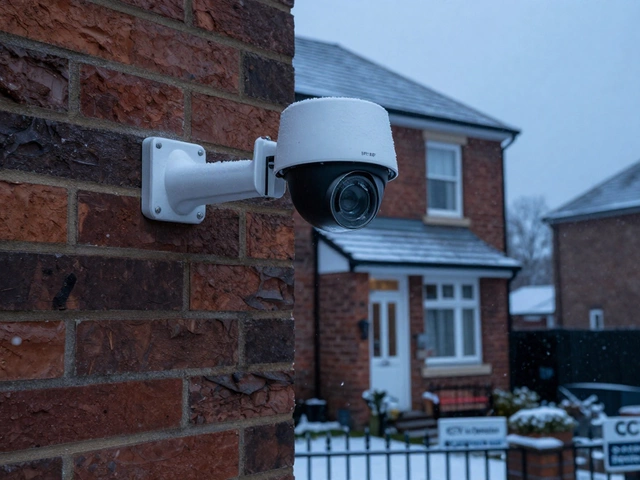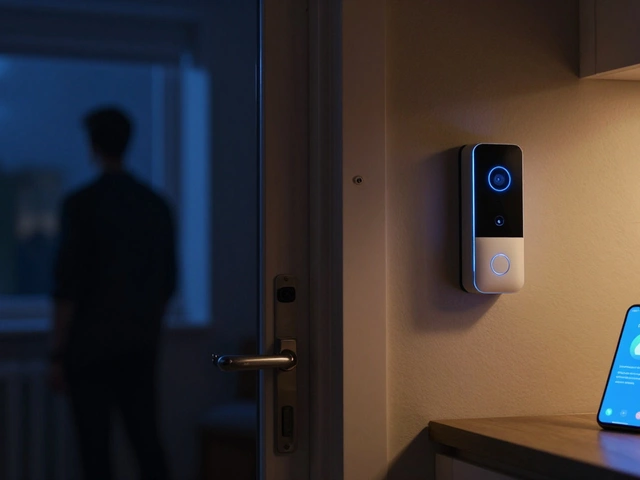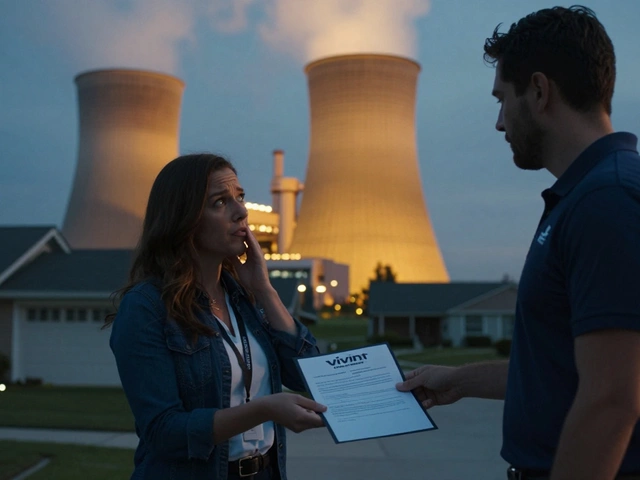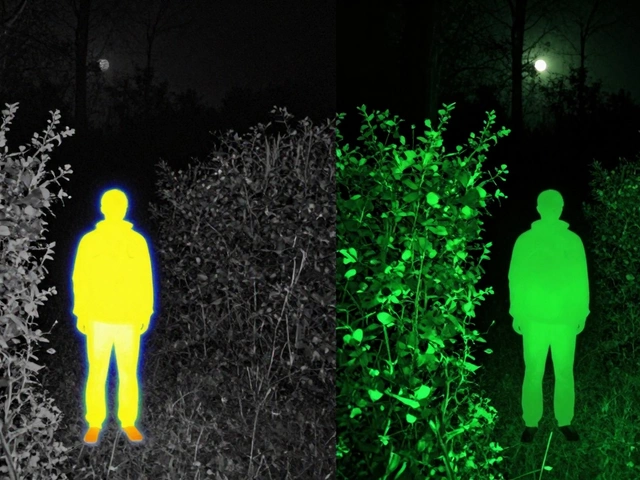CCTV Recording – Basics, Storage and Legal Tips for 2025
Thinking about setting up a CCTV system? The first thing most people wonder is how the recording actually works. Do you need a big hard drive? Can you watch live video on your phone? Let’s break it down so you can get reliable footage without spending a fortune.
Most modern cameras capture video in either HD or 4K resolution and save it as MP4 files. The camera either stores the file locally on a microSD card, on a network video recorder (NVR), or pushes it to a cloud service. Local storage is cheap and fast, but you risk losing footage if the hardware is stolen or damaged. Cloud storage costs a bit more each month, yet it keeps your video safe even if the camera itself is compromised.
How CCTV Recording Works
When motion is detected, the camera starts a loop of recording that links to the storage device. Many systems use continuous recording – they write over the oldest footage once the drive is full. Others employ event‑based recording, saving only when motion or sound passes a set threshold. Adjusting these settings can save space and make it easier to find the clip you need later.
Most NVRs let you set up multiple cameras on one network, tagging each feed with a name and location. This makes it simple to pull up a specific camera’s footage from the past week. If you’re using a cloud plan, you’ll log in through an app, choose the date range, and the server streams the video to you. Remember, the more cameras you have, the more bandwidth you’ll need – especially if you stream 4K video.
Legal & Practical Tips
In the UK, CCTV operators must follow the Data Protection Act and the GDPR. This means you need a clear purpose for recording, you must put up signs indicating surveillance, and you should only keep footage for as long as necessary – usually 30 days for most private homes. If you’re a business, you may need to register with the ICO.
Practical tip: label each camera’s field of view on a simple floor plan. It helps you explain the system to neighbours and shows you’re not spying on private spaces. Also, test your system weekly – walk past the cameras and check the playback. A missed recording can be a nightmare if you need it for an insurance claim later.
Finally, think about power. A UPS (uninterruptible power supply) can keep your NVR running during a blackout, ensuring you don’t lose any critical moments. Combine that with a decent internet backup (like a mobile hotspot) if you rely on cloud storage, and you’ll have a resilient setup that works around the clock.
Whether you’re protecting a storefront, a rental property, or just your front door, understanding how CCTV recording works and staying within the law makes the system more useful and less stressful. Start with a few key cameras, set sensible motion thresholds, and keep your storage plan simple. You’ll get clear footage when you need it and peace of mind the whole day.

